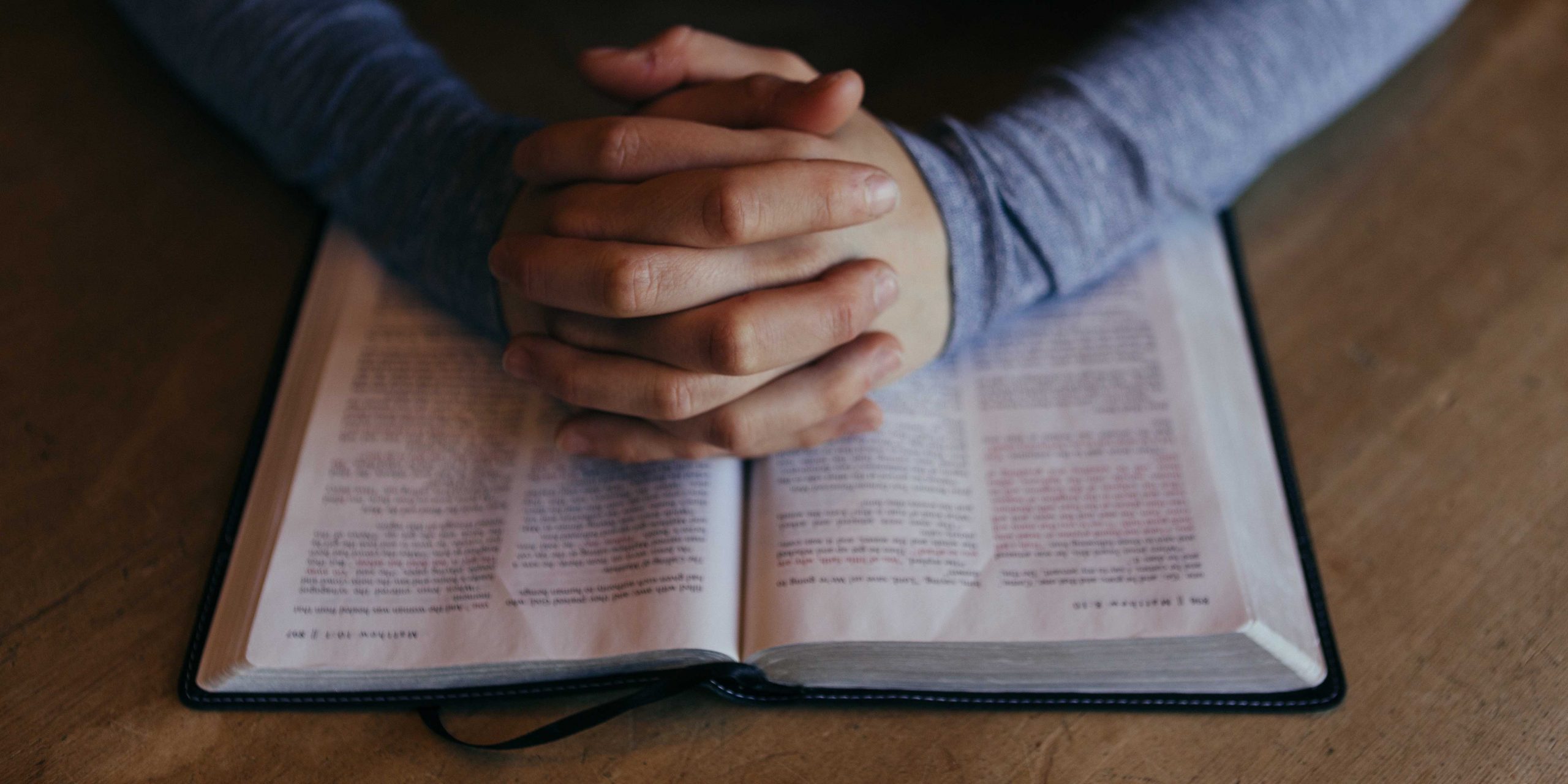In the hustle and bustle of daily life, setting aside time for prayer can be challenging. Moreover, once you do set the time aside, knowing where to start can be an even greater challenge. We sat down with Bethel University alumna Amy Boucher Pye, author of 7 Ways to Pray: Time-Tested Practices for Encountering God, to create a guide to a type of prayer that’s simple, rich, and can be used over and over again: lectio divina.
Lectio divina is Latin for “sacred reading.” It’s a way of praying through the Scriptures that has been around for millennia. Through lectio divina we can slow ourselves down, engage with Scripture, and submit ourselves to the “Voice” behind the text. One can participate in lectio divina in four phases: reading, reflecting, responding, and resting.
Select Your Scripture Passage
Before you get started, you’ll need to select your Scripture passage. Lectio divina can be used with any piece of Scripture. Perhaps you’ll start with some of your favorite verses, or you could choose a book of the Bible and work your way through a little each day. For a quick start, you could consider one of the following:
- Psalm 86:11-13
- Isaiah 40:28-31
- John 1:1-14
- Ephesians 3:14-21
- Revelation 22:1-5
Step By Step Guide
Once you’ve selected your Scripture, take the time to work your way through the following steps. Allow yourself to move freely between the steps as the Spirit leads.
1. Reading
In this first step, read through your selected passage of Scripture. Take your time. Make sure you’re understanding and absorbing the words in front of you. Is there a phrase or verse that really stands out to you? Take note of it.
2. Reflecting
After your first read through the passage, take another look at it with the intent of reflecting. This second time through, let the words interact with your thoughts, feelings, and your life circumstances—past, present, and future. The image used in antiquity is that of the cow chewing its cud. Read. Reflect. And then, when you’re ready, move to the third step…
3. Responding
The third time of reading through the passage is for response. You might be moved to praise, adoration, or giving thanks. You might respond to pray for someone using the Scripture at hand. Is there a word or phrase that the Spirit brought your attention to on your first read-through? Consider responding to it.
4. Resting
The fourth step in lectio divina may be the hardest for modern people. As you read through this passage once more, focus on resting in God’s presence. You don’t need to do anything. Just be. The stillness can be uncomfortable for some, and you might be tempted to cut your time short. But with practice, this step becomes easier and even more enriching.
To those who find the resting step of lectio divina to be a challenge, Amy Boucher Pye’s advice is to keep with it and not to have too high of expectations for yourself in the beginning. “Don’t worry if you get distracted,” she says. “I like to think of a distraction as a guest; they’re welcome to be here at the table, but they need to sit quietly until it’s their turn.” Consider keeping a pen and paper nearby or note your distractions in your phone so that you can set them aside for a few minutes and return to them later.
“This is a spiritual practice. We learn as we go, and we’ll get better at it,” Boucher Pye says. “Don’t be too hard on yourself if resting is a challenge. It’s hard for all of us.”
 Amy Boucher Pye is an alumna of Bethel’s College of Arts & Sciences. She returned to Minnesota from her home in North London to speak on the topic of lectio divina in Bethel University Chapel on November 5, 2021. The video recording is available for viewing on the Bethel University Chapel Vimeo page.
Amy Boucher Pye is an alumna of Bethel’s College of Arts & Sciences. She returned to Minnesota from her home in North London to speak on the topic of lectio divina in Bethel University Chapel on November 5, 2021. The video recording is available for viewing on the Bethel University Chapel Vimeo page.

